Bioscience
Run for your brain
Lactate plays an unexpected role in brain function.
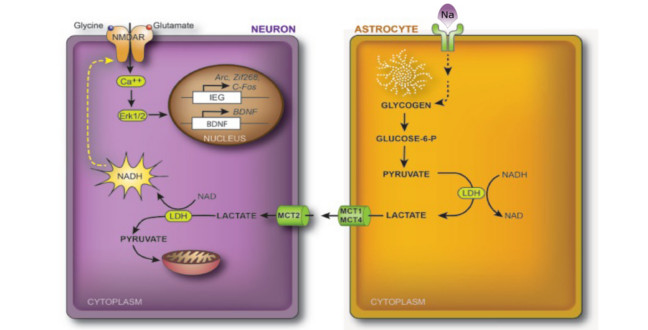
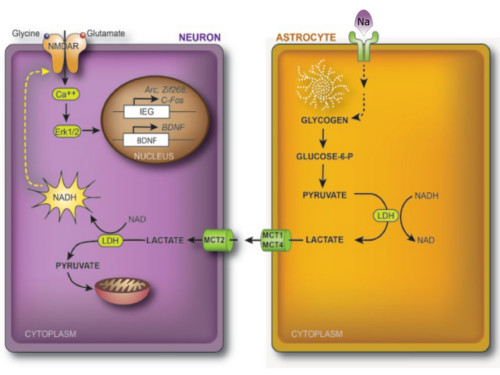
Lactate produced by astrocytes from glycogen molecules that they store is transported to neurons via monocarboxylate transporters (MCTs). Upon conversion to pyruvate, NADH is formed which positively modulates the activity of the glutamate receptor subtype NMDAR. This positive modulation results in the induction of plasticity genes.
© KAUST
A small molecule released into the bloodstream after strenuous exercise can enhance brain function through its signaling role that promotes changes in neural connections, according to a new study by researchers at KAUST1.
Lactate is produced after brief periods of intense physical exertion, when oxygen-deprived muscle cells burn glucose anaerobically for energy. As a result, measurements of blood lactate concentration are widely used in clinical studies of exercise and in athlete performance testing. In the brain, lactate is mostly formed from glucose by non-neuronal cells called astrocytes, but its role in the organ is still poorly understood.
The new study reveals an unexpected role for lactate as a modulator of neuronal function, and may also help to explain the beneficial effects of physical exercise on the brain.
Pierre Magistretti from KAUST’s Division of Biological and Environmental Science and Engineering, and his colleagues, isolated neurons from mouse neocortex and grew the cells in Petri dishes. They then added lactate to the cultures, and found that it induced expression of c-FOS, an ‘immediate-early’ gene that is switched on as soon as neurons become active. It also induced expression of Arc and Zif268, which are early genes that turn on a neuronal plasticity program.
Expression levels of these genes, and the concentration of their corresponding proteins, increased 3 – 5.5-fold, peaking one hour after lactate was added to the cells. Lactate also induced expression of the BDNF gene, which encodes a growth factor involved in later stages of neuronal plasticity. This gene reached its maximum levels about four hours after lactate treatment.
Experiments revealed that lactate exerts these effects by activating the NMDA receptor, which plays a key role in long-term potentiation (LTP), a form of synaptic plasticity underlying learning and memory.
In 2011, Magistretti and collaborators demonstrated that formation of long-term memories depends upon lactate released from astrocytes2, and this new study extends this knowledge by identifying the underlying molecular mechanism.
“We are now carrying out a transcriptome analysis of all genes induced by lactate,” says Magistretti. “We have found more than 50 — it’s a Pandora’s box we have opened!”
Numerous other studies, performed in both animals and humans over the past decade, show that physical exercise can enhance brain functions such as memory, but how this happens is still unclear. These new findings provide a direct link between physical exercise and brain function. In the future Magistretti and his colleagues plan to further expand on this link.
References
- Yang, J., Ruchti, E., Petit, J.–M., Jourdain, P., Grenningloh, G. et al. Lactate promotes plasticity gene expression by potentiating NMDA signaling in neurons. Proceedings of the National Academy of Sciences 111, 12228 (2014).| article
- Suzuki, A., Stern, S.A., Bozdagi, O., Walker, G.W., Huntley, R.W. et al. Astrocyte-neuron lactate transport is required for long-term memory formation. Cell 144, 810-23 (2011).| article
You might also like
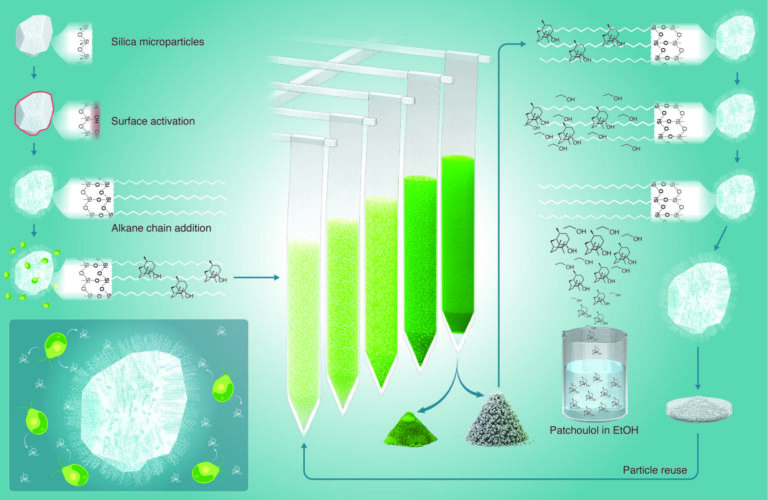
Bioengineering
High value harvests from designer algae

Bioscience
Digging into the world of plant-growth-promoting microbes
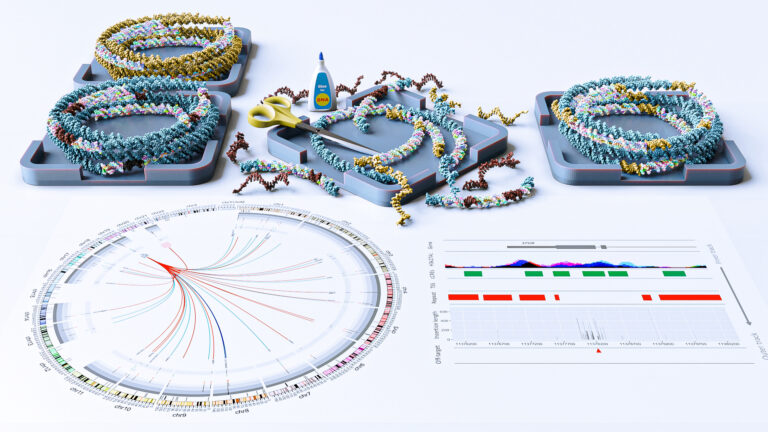
Bioengineering
Stray DNA fragments challenge CRISPR precision

Bioscience
Unique microbiome discovered in mountain streams
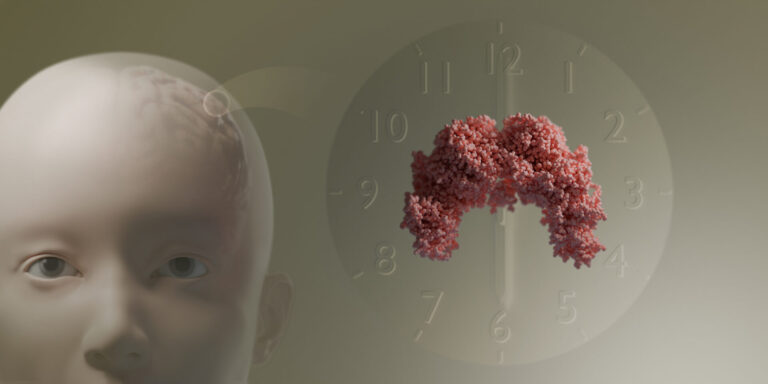
Bioscience
How a multitasking protein keeps the body’s clock in sync

Bioscience
The theory of everything that wasn’t

Bioscience
Mangrove microbes to munch on plastic

Bioscience



